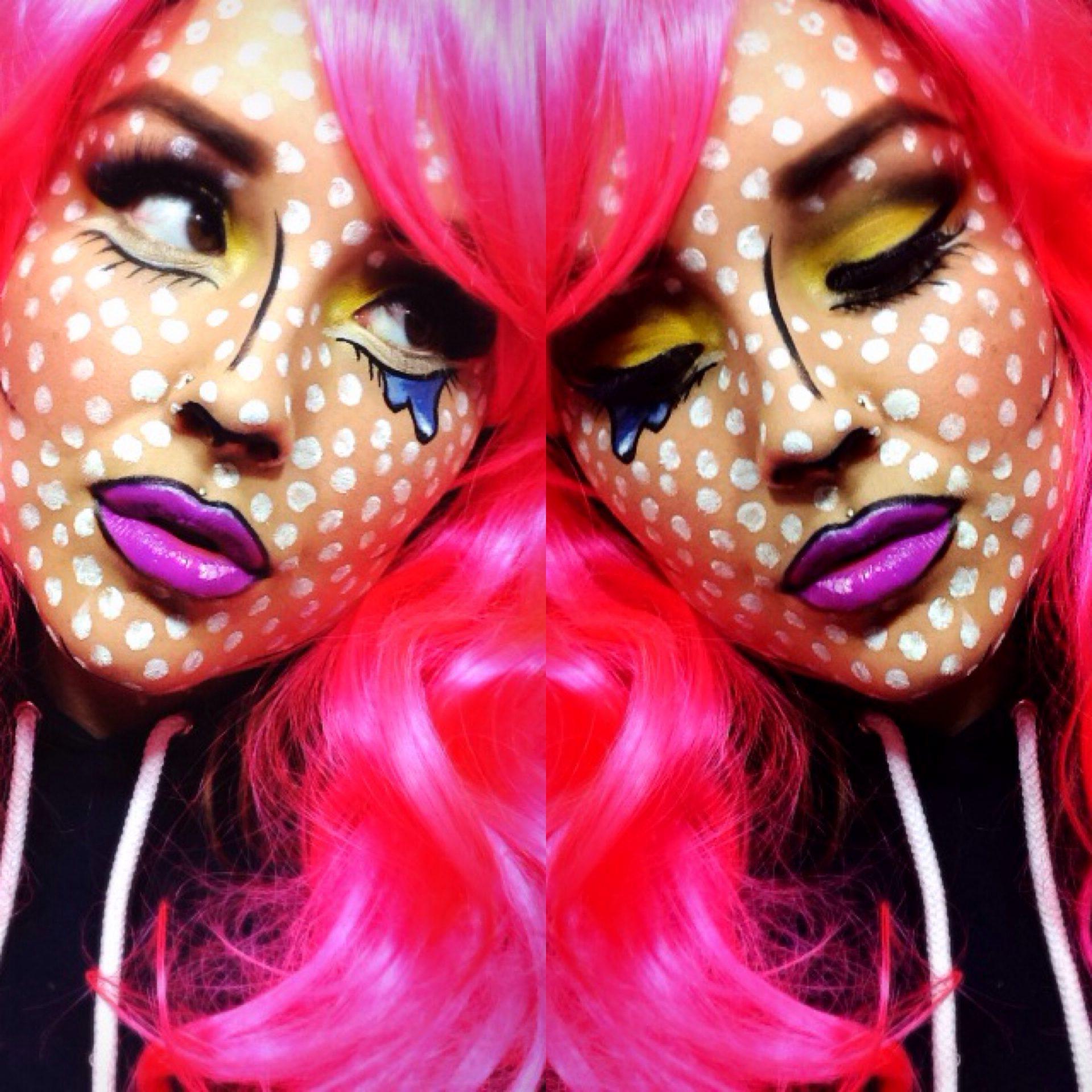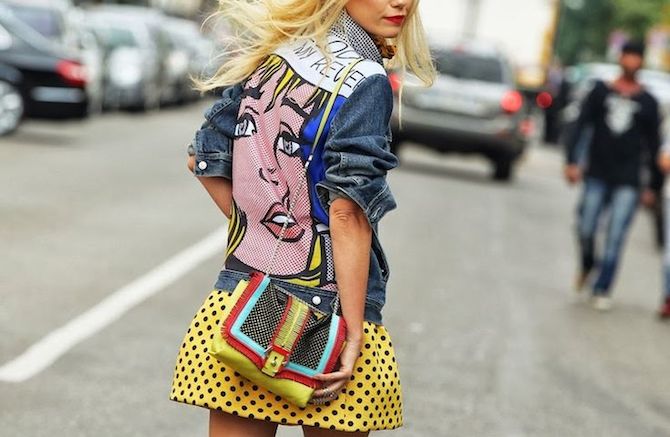

His ‘soft sculptures’ of food and mundane inanimate objects blurred realities.
Fashion art pop series#
Renowned for crafting large public sculptures, Oldenburg’s 45-foot-high Clothespin (1974), located at Philadelphia’s Centre Square office complex, and 1992’s series of Shuttlecocks, dotted around the sculpture park of Kansas City’s Nelson-Atkins Museum of Art, changed the face of contemporary public art. Stockholm-born American artist Claes Oldenburg would become a key figure too.

Sculpture Park, Nelson-Atkins Museum of Art, Kansas City Claes Oldenburg Sweden, 1929), Coosje van Bruggen, American (b. The Brit’s 1956 collage, Just what is it that makes today’s homes so different, so appealing?, was the first work in a fledgling genre to achieve truly iconic status.Ĭlaes Oldenburg, American (b. It is also worth mentioning that such graphics have a positive effect on the gaming experience.ĭespite Warhol going on to become Pop Art’s household name, credit should fall at Hamilton’s door for laying the foundations on which he would build his art empire. This great post to read about online casinos demonstrates how many online casinos use graphics based on contemporary art in order to lure more customers with the use of arresting visuals. The artwork of Hamilton had a drastic influence on several industries, including the gambling industry. He outlined ideals and introduced the perception of the artist as a consumer and contributor to mass culture. Richard Hamilton, Just what is it that makes today’s homes so different, so appealing? 1956, 26 cm × 24.8 cm, Located at Kunsthalle Tübingen © the artist Richard Hamiltonīorn in London in 1922, Richard Hamilton was an art visionary who had immersed himself in movies, television, magazines, and modern music. It then began to find its way into fashion and music scenes, before paving a path for younger artists who would grow up on a diet of consumerism and over-saturated popular culture.įashion Plate, 1969-1970, Photo-offset lithography, collage, screen print in two colors, pochoir, retouched with cosmetics by the artist on Fabriano paper.


Art would frequently incorporate commercial images, at a time when capitalism was exploding after war-time austerity.įrom here Pop Art would go on to become one of contemporary art’s most instantly-recognisable styles. This exciting new wave of artists would focus their attention on themes that spoke of the mundanity of real-life and of mass society. New York artists such as Andy Warhol, Roy Lichtenstein, James Rosenquist, and Claes Oldenburg started defining what would become an international phenomenon, creating works inspired by mass culture, everyday objects, and the cult of celebrity in a bid to blur the lines between high-art and low-culture. Emerging in the United Kingdom in the mid-1950s and pioneered by progressive artists Eduardo Paolozzi and Richard Hamilton, the Pop Art movement wouldn’t be truly defined as such until it moved to the US in the 1960s.


 0 kommentar(er)
0 kommentar(er)
